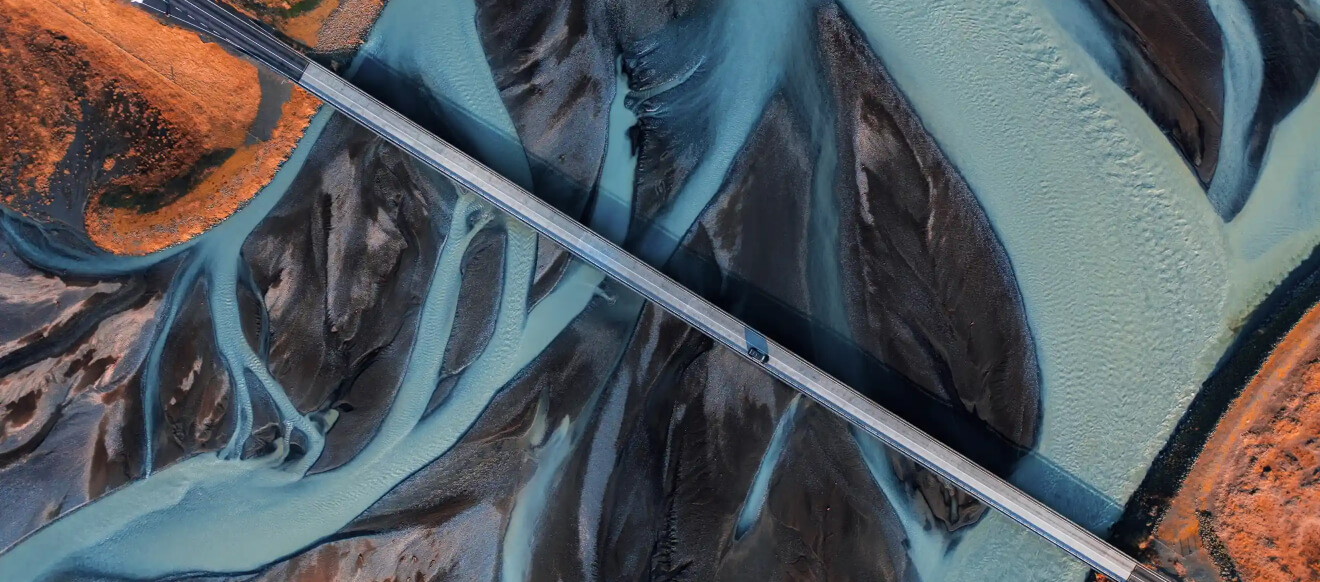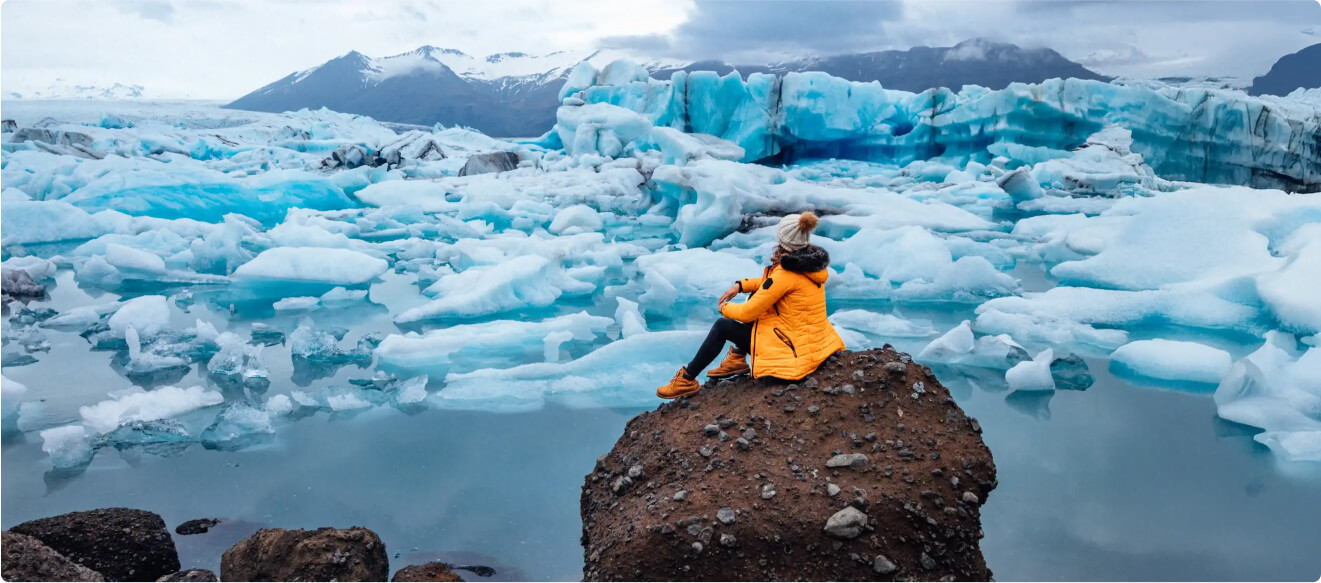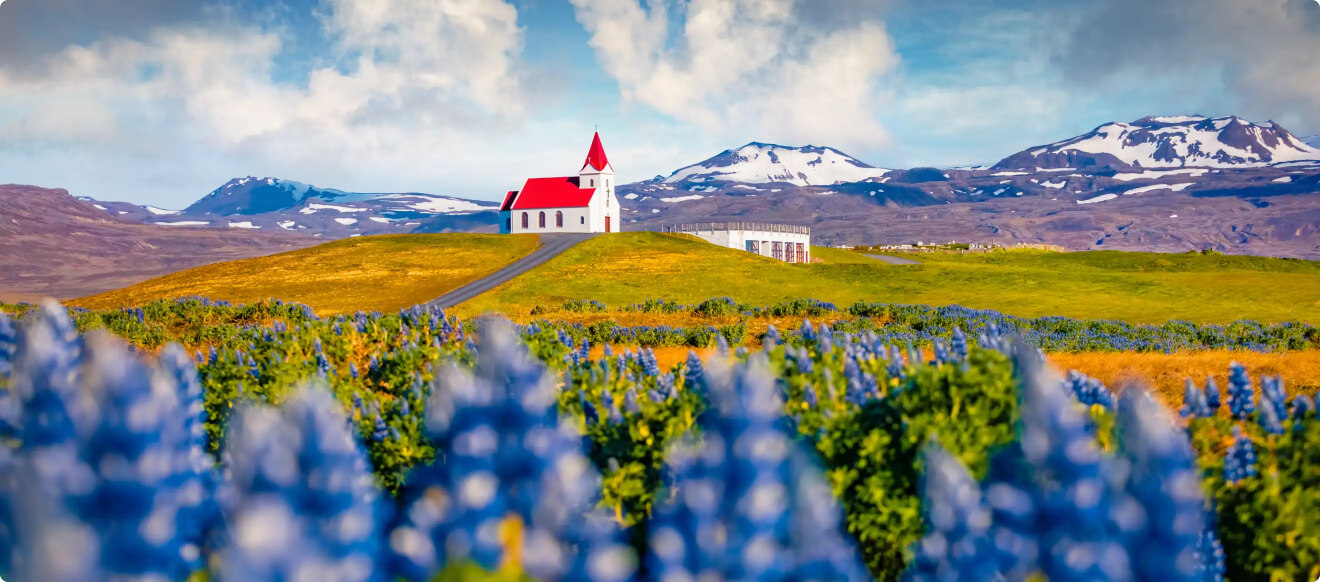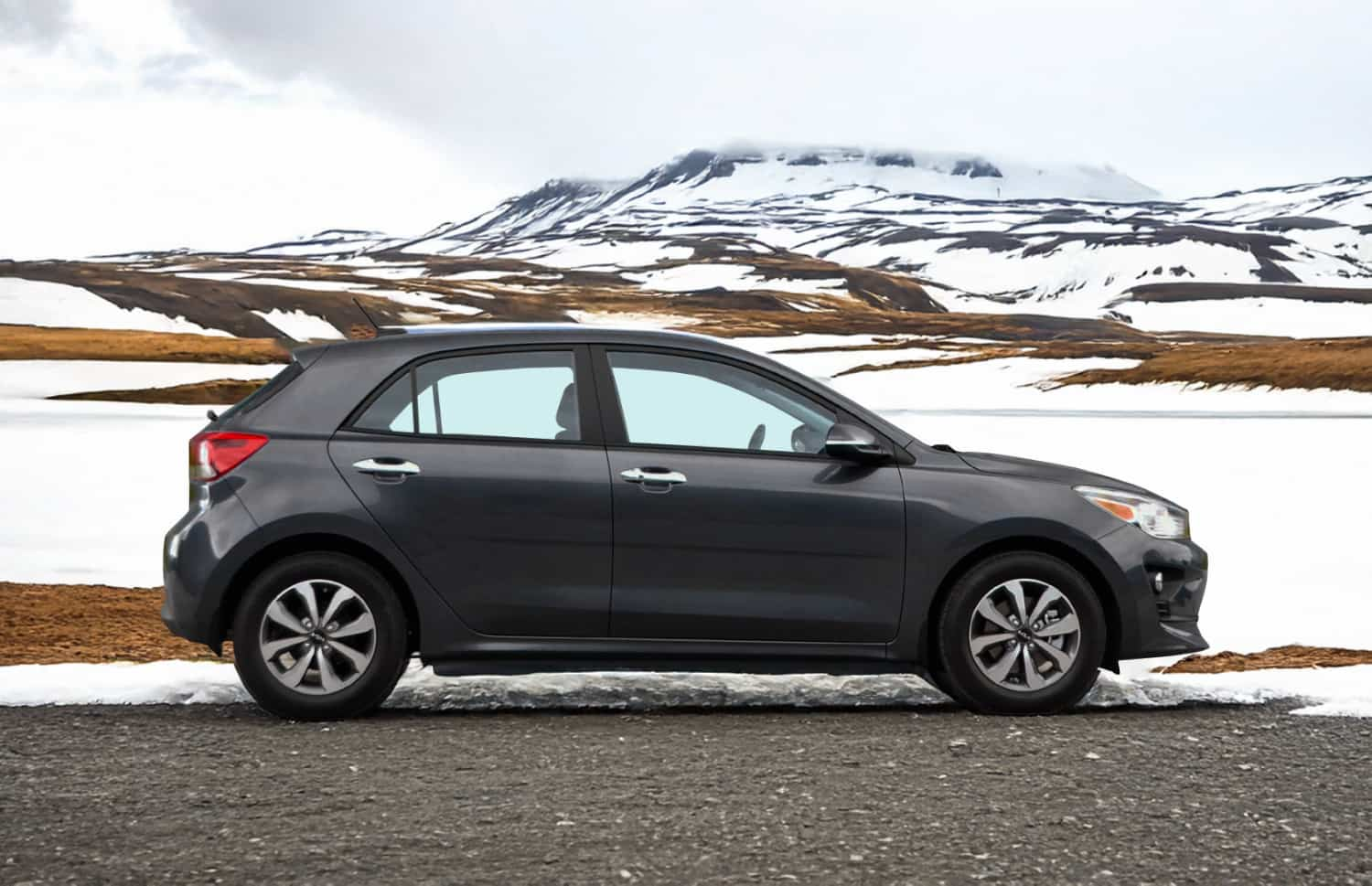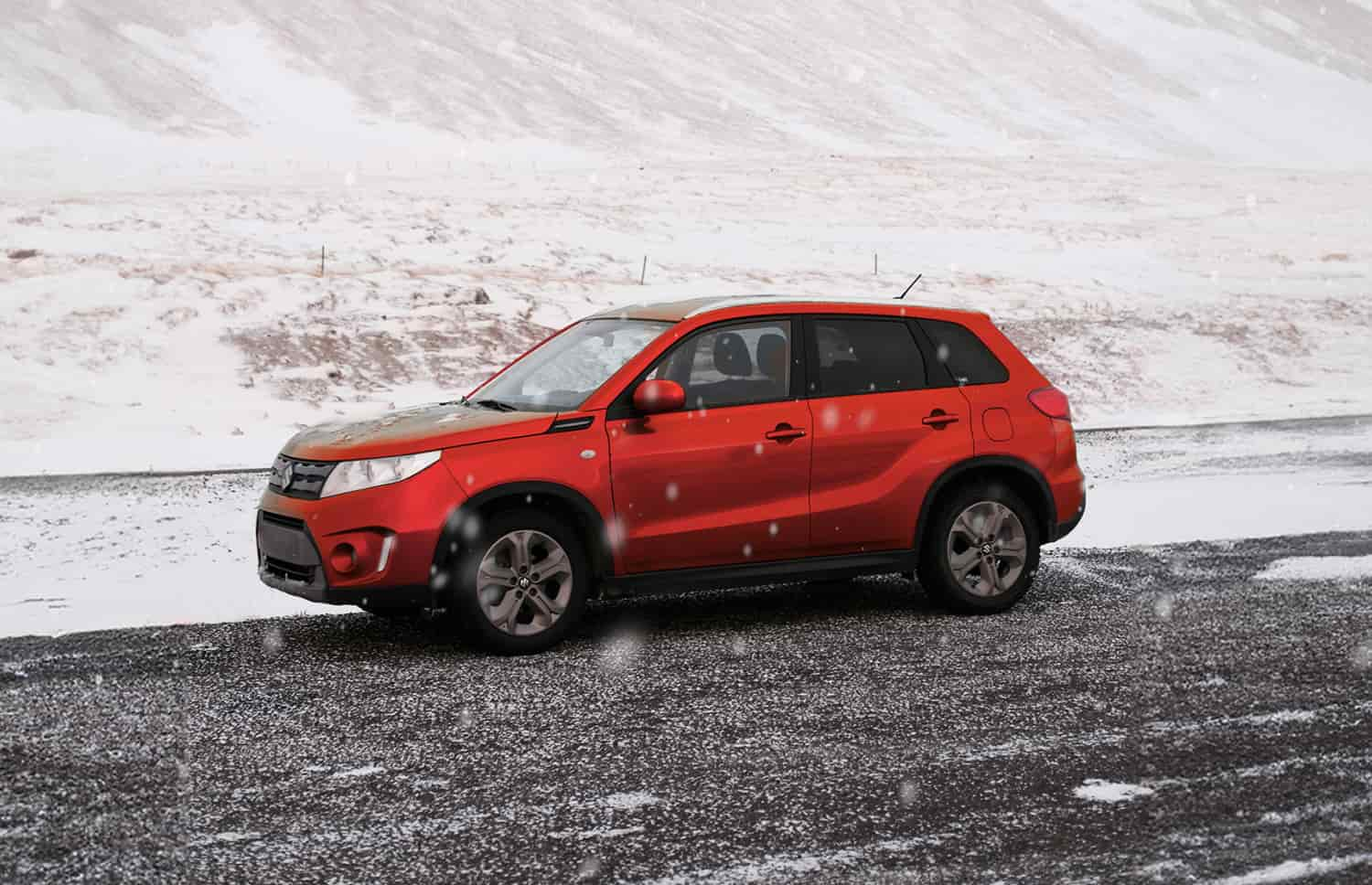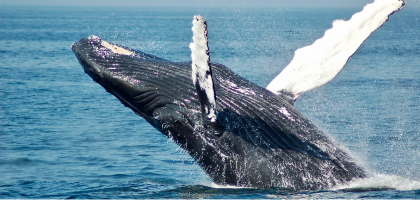The wide variety of Reykjavík museums surprises many, simply because we are such a small country. From the penis museum to the Viking museum, Iceland will surprise you, delight you, and leave you in awe.
The Icelandic nation is home to a rich culture and unique heritage, which you'll find on full display here. And while taking some day trips from Reykjavík is great, sometimes staying close to home is better. You can Discover Iceland's history, art, and culture in a single visit!
These are some of the top Iceland museums to visit during your stay.
#1 The Iceland Phallological Museum
Perhaps the most famous, some might say notorious, institution on our list is the Iceland Penis Museum. This is by far the Iceland museum that garners the most attention. It's not the biggest museum (no pun intended) but it definitely warrants a visit if only for bragging rights. The museum is endowed with a collection more than 200 lower body parts from both animal species and humans alike. Marvel at the different specimens, which range in size from a small hamster penis to a 6-foot-long member that belonged to a sperm whale.
And the fun doesn't stop there. There's even a section on penises of trolls and other folkloric and supernatural beings, as well as a gift shop to satisfy all of your phallic-shaped memorabilia needs. So, maybe this is your opportunity to do some quality shopping in Iceland and bring home some, let's say, unique souvenirs?
If you're feeling particularly generous after your trip around the Ring Road, stop by the donation station. Here, you can pledge your appendage to the Phallological Museum in the future. Who knows...you might become a local celebrity in one of the displays. And besides, what's more noble than donating your body to science?
#2 The Viking Museum in Iceland: Viking World
Phalluses aside, there are plenty of other exciting and interesting museums in Iceland that showcase our history and culture. Viking World gives you a chance to see Iceland's Viking past up close and personal. These medieval seafarers were a major part of Icelandic history. In fact, you could argue that if there had been no Viking exploration, that Iceland as a nation would not exist today. At least not in its current form.
Viking World is a Viking Ship Museum. Not only can you learn about the Vikings of the North Atlantic from Scandinavian countries like Norway, there are also informational exhibitions about the settlement of Iceland and Norse mythology. The pièce de résistance and main attraction of the museum is the Íslendigur (Icelander) boat. It’s an exact replica of a 22.5 meter (75-foot) long Gokstad Viking ship from 870 AD which was excavated in Norway.
#3 The Saga Museum
If learning about Iceland's Founding Fathers has whet your appetite to learn more about Viking culture, another option for a Viking museum in Reykjavik is the Saga Museum. The Icelandic Sagas are not only an integral part of Icelandic culture but also a huge part of our literary heritage.
Step into the past by exploring this museum filled with lifelike wax figures and the tools, clothing, and weaponry used by our Viking ancestors. At the end of the tour you'll have the chance to dress up like a Viking. Be ready to snap some pictures of yourself wielding a sword, wearing a helmet, and generally just looking menacing in your fur and chain outfit. Throw on a horned helmet and you've got Viking chic at its finest.
#4 Reykjavik Museums: The Settlement Exhibition
Lastly, for those who want to know more about the Scandinavian origins of Iceland's population, look no further than the Settlement Exhibition. Viking settlers from Norway and Sweden made their way to our fair shores over a thousand years ago and this museum tells that story. It gives you a great appreciation for those who came before us and it will be something that's on your mind as you drive your Iceland car rental around the land where Vikings once roamed.
#5 Whale Museum in Iceland
Once you've Viking-ed your face off and had your fill of those nightmarish Northmen, it's time for something a little more peaceful. Iceland's gentle beasts of the deep are on full display at the Whales of Iceland Museum. There are 23 hand-painted replicas of the different species you'll find in Icelandic waters. You can touch the life size models hanging from the ceiling as the blue lighting and whale sounds add to the ambience.
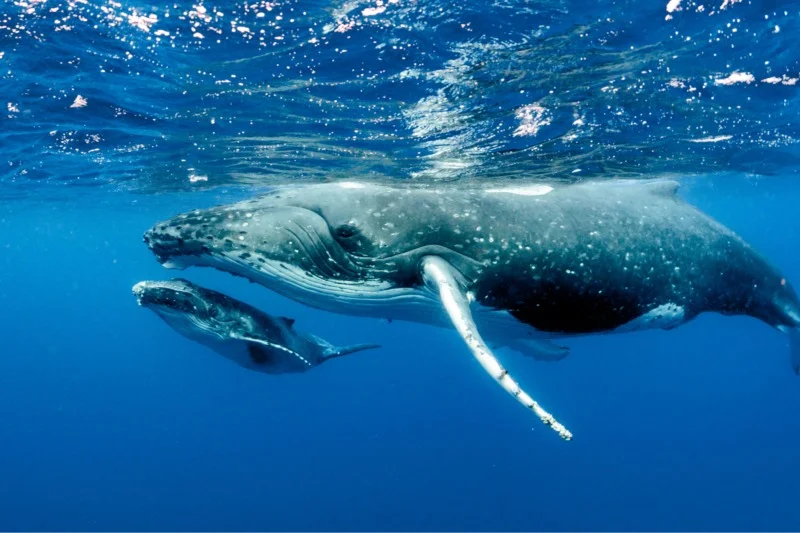
#6 Reykjavik Art Museum
If you're more into art museums, don't worry; there's something for you as well. Fans of modern and contemporary art will enjoy the ever-changing exhibitions here. On display is work from both leading Icelandic and international artists as well as up-and-comers. The museum is home too many cultural activities and they participate in several of the art festivals throughout the year.
#7 National Museum of Iceland
We Icelanders are proud of our culture and heritage and enjoy sharing it with visitors to our small island. This beautiful white building in downtown Reykjavik houses cultural artefacts like paintings and sculptures as well as historical pieces. The items are arranged thematically to showcase different aspects of our way of life and culture. The suggested route of the museum starts on the top floor and works its way down. You can also use your ticket for the Culture House as your entrance the National Museum and vice versa. our trip.
#8 The Perlan Museum
The Perlan Museum sits atop a hill overlooking all of Reykjavik and is dedicated to the wonders of Icelandic nature. This iconic dome has a 360-degree observation deck and a planetarium in addition to some pretty cool exhibits.
Some of the exhibitions include the Wonders of Iceland, a man-made ice cave and the Northern Lights planetarium show. There's also the Forces of Iceland exhibit which shows you the remarkable power of geological wonders like Iceland's active volcanoes, tectonic plates, earthquakes, and geothermal energy. Come enjoy the panoramic views and thrilling exhibits of this world-class museum.

#9 The Culture House
We Icelanders are proud of our culture and heritage and enjoy sharing it with visitors to our small island. This beautiful white building in downtown Reykjavik houses cultural artifacts like paintings and sculptures as well as historical pieces. The items are arranged thematically to showcase different aspects of our way of life and culture. The suggested route of the museum starts on the top floor and works its way down. You can also use your ticket for the Culture House as your entrance the National Museum and vice versa.
#10 The Reykjavik Punk Museum
Many people are surprised to learn that there is a punk museum in Iceland. But anyone familiar with the thriving music scene of the country or the punk roots of famous Icelandic singers like Björk knows this is where the party is at. Keeping on theme, the museum is housed underground in a former public toilet. It closed for a while but Sex Pistols singer Johnny Rotten reopened it in 2016. This is an interesting Iceland museum in Reykjavik that is a bit off the beaten path, so check it out.
#11 The Maritime Museum
Iceland has a long and storied history with the sea, so it's no surprise that there's an entire maritime museum dedicated to our seafaring heritage. Some people mistakenly refer to it as the Viking Maritime Museum but its scope is much larger. While it's true that some of Iceland's first settlers were Vikings who came by boat, this particular museum focuses more on Icelandic fishermen and the fishing industry.
#12 Árbær Open Air Museum
A different way to step into Iceland's past is to visit the ancient Icelandic houses at the Árbær Open Air Museum. These 20 well-preserved buildings will give you an idea of what life was like before the Industrial Revolution. The inhabitants of these buildings ranged from poor field workers to more distinguished professions like professors. The wide spectrum of buildings includes various styles like traditional turf houses and different time periods like the huts used during World War II for storage.
There are also locals wearing traditional dress which adds to the authentic feel of the museum. Reykjavik City Card holders gain free entry and have free transportation on one of the city buses.
12 Best Iceland Museums in Reykjavik
Be sure to see if there are any museum offers as many are already included with the Reykjavik City Card. The museums offer audio tours, some guided tours, and most are open daily. Check with the individual museums for their hours and if the schedule changes in the winter. Learn more about Iceland museums on their respective websites and the Reykjavik City Museum web portal.





